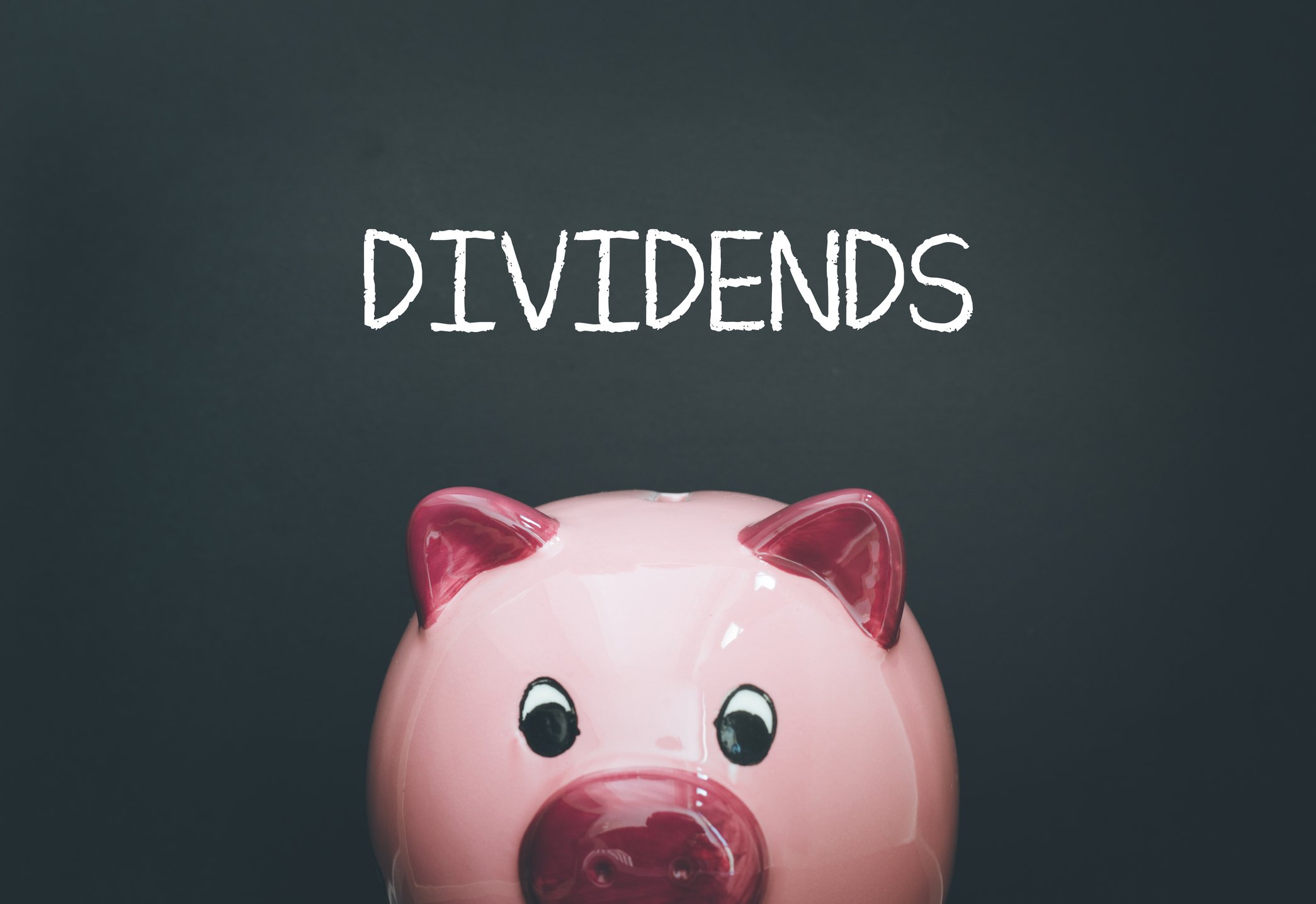When the market is volatile and the economy worrying, collecting dividend checks can give you peace of mind. The effort to contain COVID-19, however, has led to a raft of dividend cuts. So it's extra important today to stick with companies that have the wherewithal to keep paying even when times are tough. With that in mind, you should look at cash cow stocks W.P. Carey (WPC +0.20%), International Business Machines (IBM 0.15%), and Chevron Corporation (CVX +0.12%).
1. Diversification, diversification, diversification
When it comes to real estate investing, the mantra is usually location, location, location. That's always going to be true, but the most unique thing about real estate investment trust (REIT) W.P. Carey is its diversification. Its portfolio is spread across the industrial (24% of rents), office (23%), warehouse (22%), retail (17%), and self storage (5%) property niches, with "other" making up the rest. And it generated around a third of its top line from Europe. That level of diversification is pretty unique in the REIT sector.

Image source: Getty Images
Now add that fact that it is a net-lease REIT, which means its tenants are responsible for most of the costs of the properties they occupy. Moreover, leases tend to be pretty long, with Carey's average lease length at roughly 10 years today. Leases also generally include regular rent increases, often tied to inflation. The benefit of all of this? While some other landlords were having a hard time getting paid in April, W.P. Carey was able to collect 95% of its rents.
With a yield of 7% backed by 23 years of annual dividend increases (one for every year as a public company), investors looking for cash cows should be doing a deep dive here.
2. Changing with the times, again
There's been very little love for technology giant IBM in recent years. The reason is pretty easy to understand. This lumbering giant has been shifting its portfolio to better serve customers, and that's included jettisoning low-margin businesses like making computers so it can refocus around in-demand technology, including cloud computing, artificial intelligence, and security. The biggest move by far was the purchase of Red Hat, a fast-growing name that will help IBM compete with cloud providers that got a head start on the company. The key is that Red Hat will allow IBM to provide expanded services on its own products and those of its competitors as it looks to help its business-to-business customers implement hybrid cloud (part internal/part external) setups.
The problem here is that the Red Hat acquisition required IBM to add a lot of debt at a time when its top line has been shrinking. The revenue trend is the big concern on Wall Street, but it makes sense. The tech giant has been shedding mature businesses while buying smaller, faster-growing ones with higher margins. The new businesses simply haven't made up for what's been sold yet.
That said, it takes time to turn a ship as large as IBM. At this point the new businesses make up about half of the company's revenue, so a key inflection point could be close at hand.
SPY Dividend Yield data by YCharts
The debt pile, meanwhile, has already been reduced by more than 10% in less than a year. In other words, IBM is on it. Meanwhile, it still covered its trailing interest expenses by 8.5 times in the first quarter, so it isn't really having much of a problem carrying the load. As for the dividend, the company's yield is a generous 5.3% backed by roughly a quarter century's worth of annual hikes. Sure, COVID-19 will be a headwind, but IBM looks like it has the chops to survive this and keep throwing off heaps of cash.
3. A little more risk?
The last name here is oil and natural gas giant Chevron, which is offering investors a 5.5% yield backed by 33 years worth of annual dividend increases. That's the good news. The bad news is that oil prices are painfully low today -- so low that the entire energy sector is retrenching, with companies both big and small pulling back hard on spending. That list includes Chevron.
The backstory here is terrible. The effort to contain COVID-19 has resulted in a steep decline in demand for energy. That's resulted in a massive oversupply of oil, and thus low prices for a commodity that pretty much dictates Chevron's revenue and earnings. Still, it's built to survive tough times like these, with a financial debt to equity ratio (roughly 0.25 times) that is the lowest among its peer group. Chevron can lean on its balance sheet to muddle through the near-term disruption as it focuses on the long-term.
The fact is, oil and natural gas are vital energy sources that will take time to displace. And while the oversupply situation today is pretty extreme, the energy sector has always been cyclical. The pullback taking shape right now will, if history is any guide, lead to a price recovery. While you wait for that to happen, as it has many times before, you can collect the big cash dividend Chevron throws off.
Cash is king
When the market is going crazy, dividend investors can sit back and focus on the dividends their portfolios are generating. Sure, that plan could fall apart if you stick your neck out and buy risky high-yield dividend stocks like mortgage REITs, which have a history of cutting dividends. But W.P. Carey, IBM, and Chevron are made of sturdier stuff. If you are looking for some high-yield cash cows today, this trio should be on your short list.









